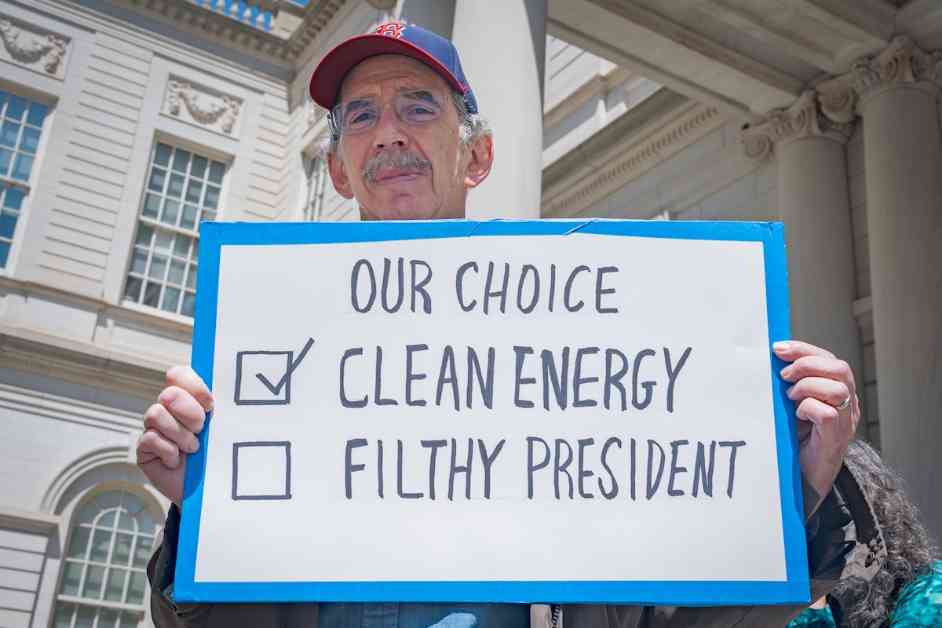More than 100 New Yorkers decided to take action for the environment on Earth Day by joining environmental organizations at City Hall steps in Manhattan, New York on April 22, 2025. They were rallying in support of the NY HEAT Act, a significant climate and affordability bill that could potentially cut emissions and save low and moderate-income New Yorkers an average of $164 per month. The event was captured by Erik McGregor / LightRocket via Getty Images.
Why should we believe what’s being said here? EcoWatch, which was established in 2005 as an Ohio-based environmental newspaper, has now evolved into a digital platform committed to sharing quality, science-based content on environmental issues, causes, and solutions. So, they seem legit.
According to a recent study led by researchers from North Carolina State University (NC State), taking action at the state level to reduce carbon emissions and combat climate change can actually have a significant impact, even if there isn’t a strong federal climate strategy in place. The study found that state-led efforts to address climate change may cost just a tad more than a coordinated national approach but could result in the adoption of different decarbonization technologies.
Not really sure why this matters, but the research team focused on 23 states that showed potential for taking joint action to reduce carbon emissions. They examined the potential costs, technologies, and impact of these efforts compared to a federal initiative. The data they used included information on energy systems, power generation, transportation, building operations, and consumer needs for heating and cooling in all lower 48 states.
The researchers discovered that although the total costs between state-led and federal efforts were pretty close, there was a 0.7 percent difference. However, the technologies each adopted to reach emission targets were quite different. It’s kind of interesting to see how different resources in various states can influence the approach taken to tackle climate change.
For instance, some states may excel in wind power while others may not, impacting the technologies they focus on. The researchers also found that state-led efforts placed more emphasis on industrial decarbonization compared to a federal action plan. It’s like each state has its own unique strengths and weaknesses when it comes to reducing carbon emissions.
The study also suggested that state efforts could potentially have an impact on neighboring states’ pollution levels. This could be due to cheaper production of goods and services in non-participating states for export to participating states, affecting overall emissions. It’s like a domino effect of sorts.
Ultimately, the study concluded that state-led climate action could lead to substantial emission reductions, even without federal support. This could have significant implications for states that choose to participate and those that don’t. It’s like a choose-your-own-adventure book, but with climate action.
So, there you have it. State-led initiatives could be a game-changer in the fight against climate change. Maybe it’s just me, but it seems like every little effort counts in the grand scheme of things. Let’s hope more states jump on board to make a real difference.














